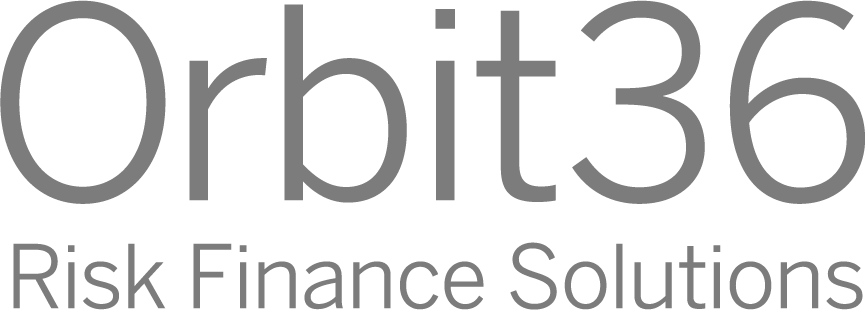Did the UK regulator disable the alert system on Archegos trades?

Prime brokerage is a global business. Investment banks and their clients will always arrange their trades in the jurisdictions that are most favourable to them. According to media reports, Archegos used a complex deal structure involving derivatives to bypass U.S. SEC reporting rules. This may be a reason why most of the Archegos swap trades were booked in London. Yet, the UK entities of the involved Global Systemically Important Bank (G-SIBs) could actually have been used because of lower stress capital requirements compared to other jurisdictions.
As outlined in previous Orbit36 articles, elaborate stress tests like the EU-wide stress test or CCAR (Comprehensive Capital Analysis and Review) in the U.S. would likely have allowed to identify the large loss potential of the Archegos transactions. Surprisingly, the CCAR stress testing results released on 24th June 2021 show, however, no significant increase in counterparty exposures over the last 12 months. The aggregate stress losses from trading and counterparty defaults under the hypothetical stress scenario increased from $83.2bn to $86.5bn, compared with the 2020 stress test. Even for Credit Suisse Holdings (USA), the increase in trading and counterparty defaults from $2.8bn to $3.3bn appears not overly large. Thus, the U.S. entities of the involved G-SIBs seem not to have played a crucial role in the Archegos case. We believe that the CCAR stress capital requirements made it for most banks simply too expensive to arrange the swap transactions via these entities.
By contrast, London seems to have been an ideal place to book the Archegos transactions. Following Brexit, UK banks are no longer subject to the EU-wide stress test and the annual concurrent stress test of the Bank of England’s Prudential Regulation Authority (PRA) applies only to a few UK-headquartered G-SIBs. The UK entities of foreign G-SIBs can though be classified as Other Systemically Important Institutions (O-SIIs) by the PRA. This is for instance the case for Credit Suisse International, Credit Suisse Investments (UK), Nomura Europe Holdings Plc and Morgan Stanley International Limited.
Under PRA rules, O-SIIs have to perform annual stress tests as part of their Internal Capital Adequacy Assessment (ICAAP). While this regime gives the banks more freedom and responsibly for scenario design and methodology, the PRA stress testing framework may nonetheless give the banks some guidance.
Against this background, a change in the PRA guidance for the 2021 stress test appears highly problematic. For counterparty default losses, the PRA instructs the banks explicitly that “Exposures for collateralized counterparties should not be stressed and should be held constant at the current exposure”. This means that stress losses for collateralized exposures are always zero by design. Or put differently, the PRA has deactivated the alarm system that could have helped banks and regulators to identify the massive exposures of the involved G-SIBs in their UK entities.
What are the main lessons learned from this case?
- Different stress testing regimes implemented in different jurisdictions have created an uneven playing field. This incentivizes
international banks to book their global trades in jurisdictions where stress capital requirements are low. As a consequence, exposures may concentrate in few locations and are more difficult to detect if the stress testing frameworks have gaps. Better coordination among regulatory authorities is necessary to prevent this. - While regulatory guidance on stress testing approaches are a helpful starting point in the development of banks’ own stress testing methods, banks are responsible to identify their firm specific vulnerabilities, as required by the ICAAP principles. Just copy-pasting regulatory stress testing frameworks is not enough.
Orbit36 has the capabilities to review and improve bank internal stress testing frameworks from a holistic perspective.
